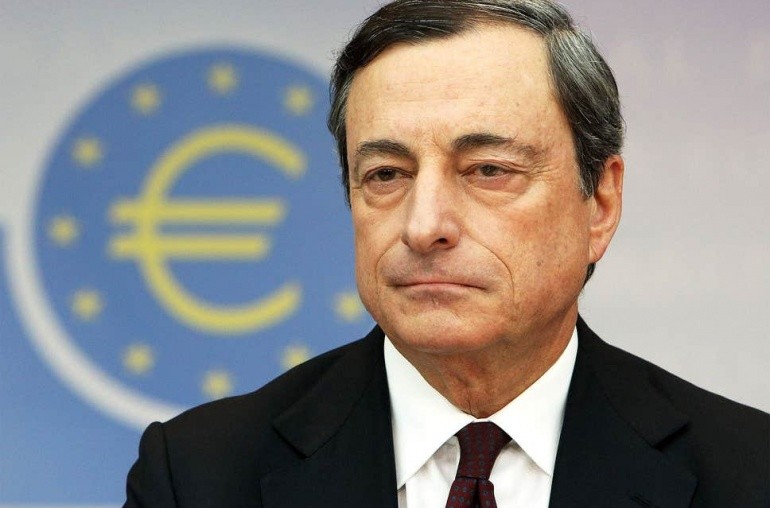
- Bitcoin faces several macro headwinds in the coming week, from a lack of fiscal stimulus to concerns over regulatory limitations
- Volatility in Bitcoin, while par for the course, serves as a stark reminder to investors that this is still a nascent asset class and prone to both bouts of exuberance and hopelessness
For Timothy Smith, the recent rally in Bitcoin and cryptocurrencies felt like déjà vu. The 45-year-old software engineer from San Jose, California had seen this all before. In the autumn of 2017, swept up in the Bitcoin mania, Smith, like so many others, bought Bitcoin as it was approaching its (at the time) highest price of close to US$20,000, only to see Bitcoin crash soon thereafter and languish for years until 2020.
Smith still laments how he should have held on to his Bitcoin, most of which was acquired around US$18,000 and sold closer to US$3,000 and “kept the faith.” So when Bitcoin rallied again in 2020, he sat out, convinced that it was another bubble waiting to pop.
Then Bitcoin surged to a record of almost US$42,000 in the first week of 2021. And Smith had a change of heart and bought in again, this time paying around US$40,000 per Bitcoin when the cryptocurrency pulled back slightly. Smith is now staring down paper losses on his Bitcoin holdings of around 20%, in less than a week and is facing the same gut-wrenching feelings he had three years ago.
Is this the end of the beginning or the beginning of the end? The sharp selloff in Bitcoin last week is stoking fresh questions about the sustainability of the cryptocurrency rally. Prices for Bitcoin have tumbled by about 12% this past week, marking the sharpest correction since last September and while Bitcoin did rebound after crashing below the psychologically important US$30,000 level of support, many are wondering where the cryptocurrency is headed next. But volatility is part and parcel of Bitcoin trading, with intraday swings of 10% looking to make Bitcoin fairly “stable” by cryptocurrency standards.
Trying to find a reason for rallies or corrections in the Bitcoin market is a bit like playing a game of Clue. Was it Grayscale Investments, in the institutional markets with its Grayscale Bitcoin Trust? Or was it fresh new Bitcoin funds, momentum chasers, billionaire day traders, companies or even institutional investors? Theories explaining movements in the cryptocurrency markets are as volatile and changeable as the markets themselves.
Yet Bitcoin could face some stronger headwinds in the immediate term. Surging to almost US$42,000 at the beginning of this month, Bitcoin and other risk assets were buoyed by expectations of fresh stimulus from an incoming Biden administration and financial markets still awash with fiscal stimulus.
But as signs that the effect of that stimulus is starting to wane and the Biden administration realizing that that it doesn’t have carte blanche when it comes to signing stimulus checks, it’s Congress that does, Bitcoin has room to correct lower. And Biden’s pick for Treasury Secretary, Janet Yellen, who during a Senate confirmation hearing noted that cryptocurrencies were “mainly” used for illegal purposes and urged lawmakers to “curtail” their use, also stoked fears and a sharp pullback for Bitcoin.
What happens next depends a lot on whether such comments by Yellen translates into actual regulation by lawmakers and whether Biden can get his expansive fiscal spending package across the line, which will help Bitcoin’s narrative. Welcome to Bitcoin investing – come for the rollercoaster, stay cause you can’t get off the ride.
[ Read more: Top Five Reasons Ethereum May Hit US$5,000 by 2022 ]



